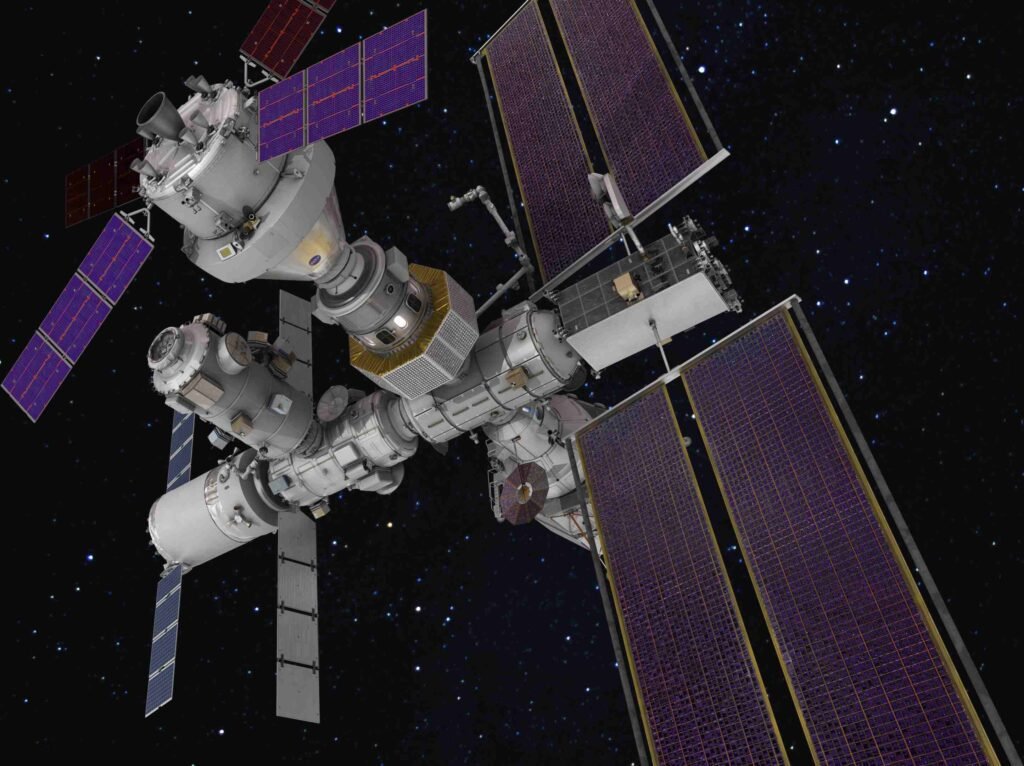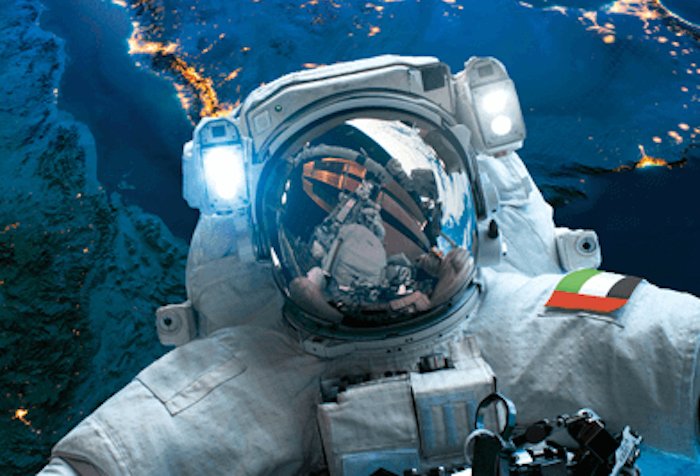The UAE Space Agency has announced an exciting collaboration with NASA for an upcoming lunar mission, marking another significant milestone in the UAE’s expanding space exploration program. This partnership underscores the UAE’s commitment to advancing space technology, scientific research, and international cooperation in the quest for lunar exploration. By working with NASA, the UAE aims to solidify its role as a key player in space exploration, contributing to lunar research and future interplanetary missions.
Strategic Collaboration for Lunar Exploration
The partnership between the UAE Space Agency and NASA will focus on scientific research, technology exchange, and mission coordination. As part of the agreement, the UAE will contribute to various aspects of the mission, including:
- Payload Development: The UAE will provide scientific instruments and technology to be integrated into NASA’s lunar mission payloads. This includes specialized sensors and imaging tools designed to study the Moon’s surface and atmosphere.
- Lunar Surface Research: UAE scientists will participate in data analysis and experiments conducted on the Moon’s surface, focusing on the study of lunar soil composition, radiation exposure, and potential resources that could support future human settlements.
- Robotics and Rovers: The UAE’s expertise in robotic exploration, developed through the Rashid lunar rover program, will be utilized in NASA’s lunar initiatives. This includes testing autonomous navigation systems, mobility solutions, and AI-driven robotic capabilities for lunar exploration.
- Astronaut Training and Exchange Programs: UAE astronauts may receive advanced training at NASA facilities, enhancing their readiness for future lunar and deep-space missions. This training will include simulated lunar landings, spacewalks, and survival techniques in extreme environments.
- Lunar Communication and Navigation Systems: The UAE will also work with NASA to develop next-generation communication and positioning systems for future lunar missions, ensuring precise navigation and data transmission between Earth and the Moon.
This collaboration aligns with NASA’s Artemis program, which aims to establish a sustainable human presence on the Moon and prepare for future missions to Mars. The UAE’s contribution to this ambitious program demonstrates its long-term vision for space exploration and its ability to work alongside global leaders in the field.


UAE’s Growing Role in Space Exploration
The UAE’s involvement in this lunar mission is part of its broader space strategy, which includes:
- The Mars Mission (Hope Probe): The UAE’s successful Emirates Mars Mission has positioned the country as a key player in planetary exploration, providing valuable data on Mars’ atmosphere and climate.
- Upcoming Lunar Missions: The planned Rashid 2 rover mission to the Moon aims to further explore lunar terrain and test advanced space technologies. This mission will build upon lessons learned from the first Rashid rover and incorporate enhancements in mobility and instrumentation.
- Satellite Innovations: The UAE has launched several advanced satellites, contributing to Earth observation, climate studies, and telecommunications. These satellites help in monitoring environmental changes, supporting urban development, and enhancing national security capabilities.
- International Collaborations: The UAE is actively engaging in global partnerships, including agreements with the European Space Agency (ESA), Japan’s JAXA, China’s CNSA, and private aerospace companies. These collaborations help accelerate technological advancements and foster knowledge exchange.
- Space Research and Development: The UAE is investing in state-of-the-art research centers and innovation hubs to support its growing space sector. These facilities focus on space manufacturing, propulsion systems, and sustainable space exploration solutions.
Scientific and Technological Impact
The collaboration with NASA will drive scientific advancements and technological innovation in various fields, including:
- Lunar Geology and Mineral Studies: Enhancing knowledge about lunar resources, soil composition, and potential mining opportunities that could support future space missions.
- Space Habitats and Sustainability: Developing technologies for lunar bases, including radiation shielding, energy production, and water extraction to sustain human life on the Moon.
- Deep-Space Communication Systems: Strengthening UAE’s capabilities in interplanetary communication and remote operations, which are critical for long-duration space missions.
- AI and Robotics in Space Exploration: The UAE will contribute to AI-driven solutions for autonomous lunar rovers, enabling them to navigate challenging terrains and conduct scientific experiments with minimal human intervention.
- Human Spaceflight Research: This mission will also contribute to studies on human health and performance in space, focusing on the physiological and psychological effects of prolonged space travel.
These efforts will not only benefit the UAE’s space ambitions but also contribute to global space exploration goals, helping humanity prepare for deeper space missions, including Mars and beyond.
Economic and Educational Impact
The UAE’s partnership with NASA is expected to have a positive impact on the national economy and workforce development. Key benefits include:
- Job Creation and Industry Growth: The space sector is expected to create new jobs in engineering, science, and technology, boosting the UAE’s knowledge-based economy.
- STEM Education and Research Opportunities: The collaboration will inspire young Emiratis to pursue careers in science, technology, engineering, and mathematics (STEM), supporting the next generation of space pioneers.
- Private Sector Involvement: The UAE government is encouraging local startups and private companies to participate in space-related projects, fostering a competitive and innovative aerospace industry.
- Boosting Tourism and Global Recognition: The UAE’s growing reputation in space exploration is expected to attract global talent, investors, and space enthusiasts, further enhancing the country’s international standing.
Future Prospects: UAE’s Vision for Space Leadership
With this partnership, the UAE cements its position as a leading spacefaring nation in the region. The UAE Space Agency continues to invest in education, research, and commercial space ventures, inspiring the next generation of space scientists and engineers. As the UAE looks beyond the Moon, its long-term vision includes:
- Developing a National Space Station: The UAE is exploring the feasibility of establishing a low-Earth orbit (LEO) research facility to support scientific experiments and space tourism.
- Deep-Space Missions: Future plans involve sending robotic missions to asteroids and eventually launching a human mission to Mars, building upon the success of the Hope Probe.
- Expanding Space Infrastructure: The UAE is investing in launch facilities, satellite manufacturing plants, and research centers to support its growing space ambitions.
- Space Law and Governance: As the space sector expands, the UAE is working on space governance policies to regulate activities, ensure sustainability, and promote ethical space exploration.
As the UAE and NASA work together on this historic lunar mission, the collaboration represents a bold step toward humanity’s return to the Moon, paving the way for future exploration beyond Earth’s orbit. The UAE’s commitment to space exploration reflects its broader vision of becoming a global leader in science, innovation, and technology, shaping the future of space exploration for generations to come.
Do follow Uae stories for more Updates
ADNOC and OMV Seal Landmark $60 Billion Chemicals Joint Venture













